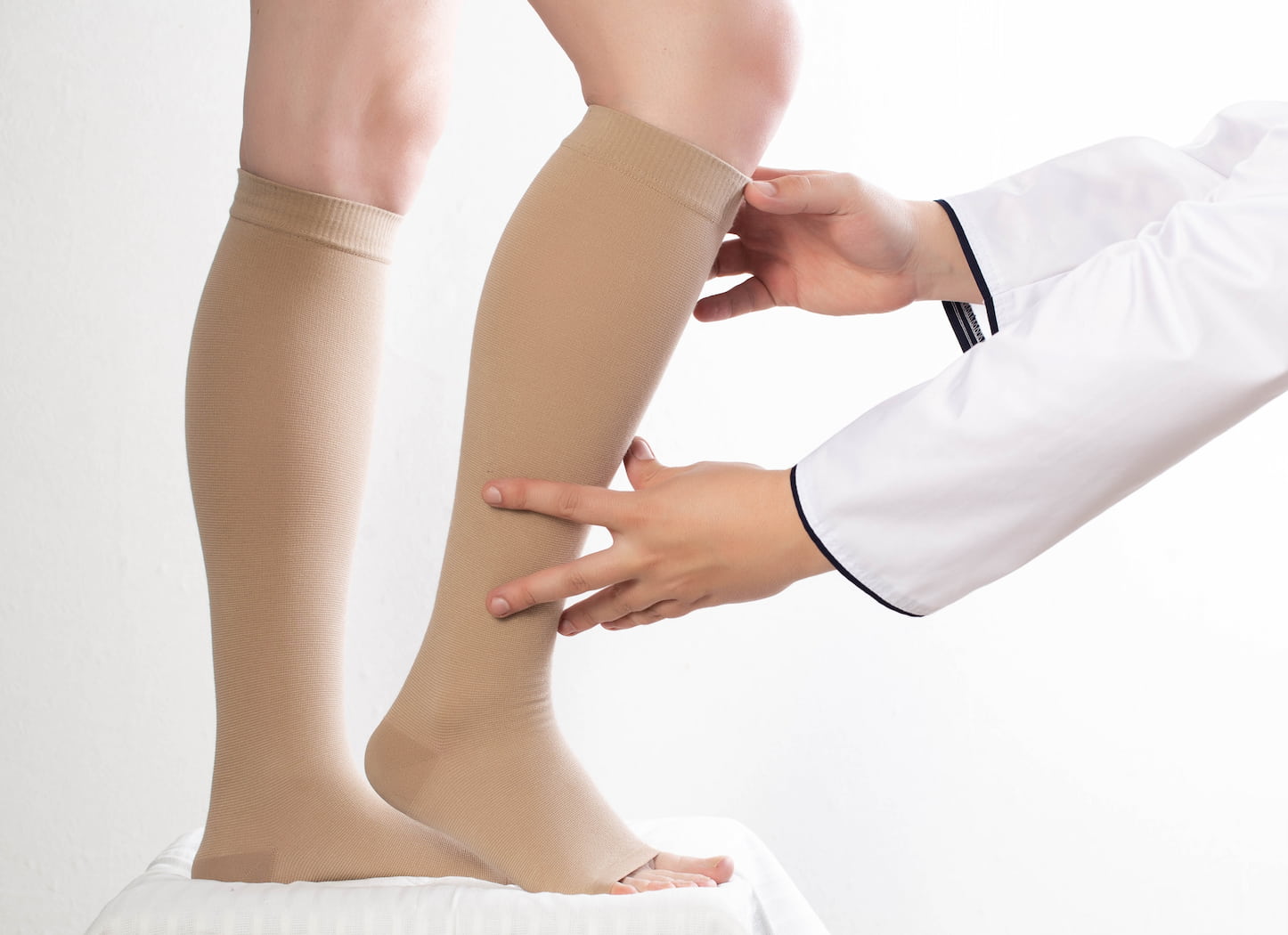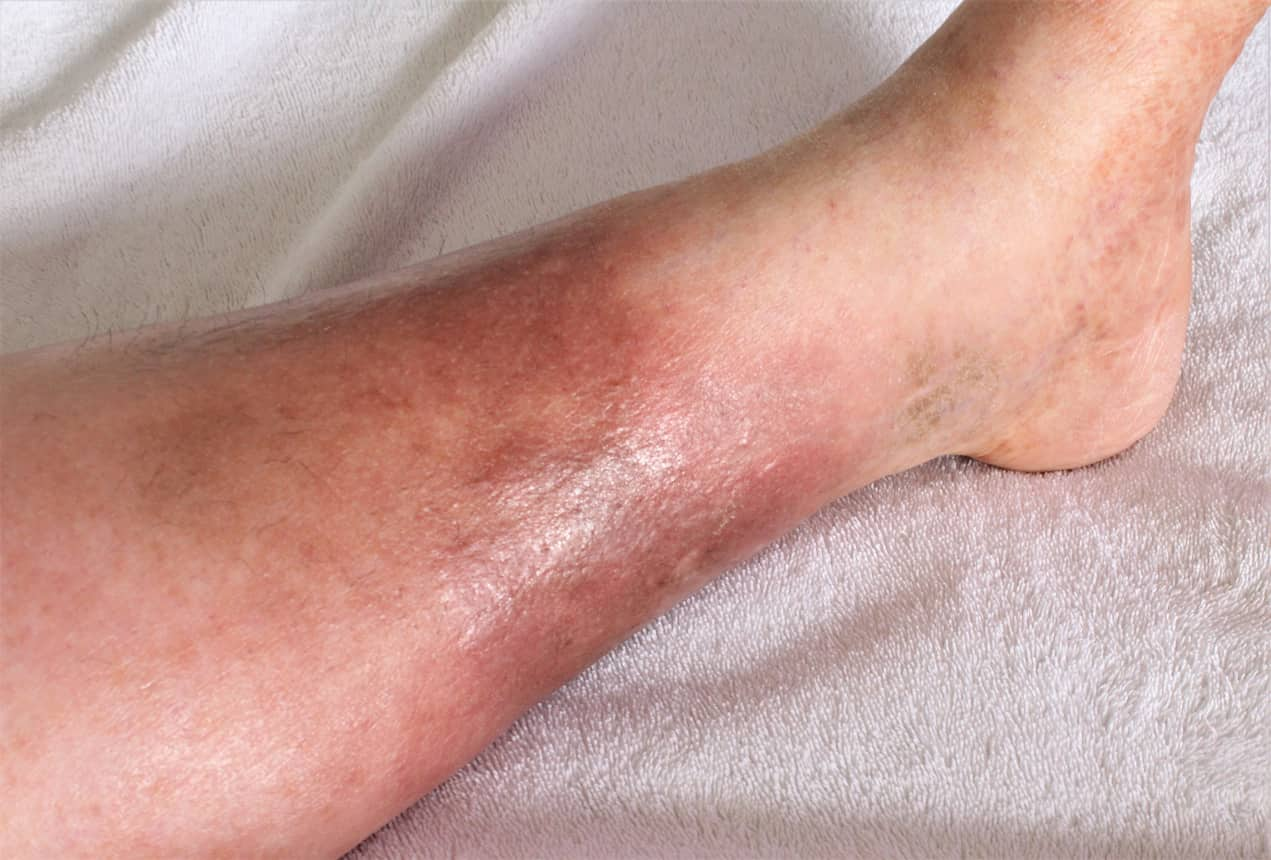
Leg Clots
Deep vein thrombosis (DVT), often known as leg clots, is a serious medical condition that has the potential to have both immediate and long-term implications on the health of an individual. When a blood clot forms in a vein that is deep within the body, most commonly in the legs, this condition is known as deep vein thrombosis (DVT). If treatment is not administered, this clot has the potential to get dislodged and travel to other sections of the body, including the lungs, where it may pose a threat to the patient’s life. If this happens, the patient may die. In this post, we will discuss the critical health issue of leg clots, as well as what you need to be aware of to prevent yourself from developing these clots in the future.
Urgent Danger to the Safety of the Public
Pulmonary embolism, also known simply as PE, is a disorder that can arise if a blood clot in the leg breaks loose and travels to the lungs. This is one of the most significant dangers that comes with having a blood clot in the leg. It is claimed that PE is responsible for as many as 100,000 deaths each year in the United States alone. This makes PE one of the deadliest diseases known to man. Pain in the chest, difficulty breathing, and coughing up blood are just some of the symptoms that can be brought on by PE. Additional potentially life-threatening complications associated with DVT include the following:
Leg edema that was influenced by the condition
Discomfort in the legs, manifesting themselves as either pain or tenderness
The existence of warmth in the area that is being influ
Pulmonary embolism, or PE for short, is a condition that can happen if a blood clot in the leg breaks off and travels to the lungs. This is one of the most dangerous things that can happen if you have a blood clot in your leg. People with PE are said to be responsible for as many as 100,000 deaths in the United States every year. This makes PE one of the most dangerous diseases people have ever known. PE can cause a lot of different symptoms, such as chest pain, trouble breathing, and coughing up blood.

Long-Term Effects That Might Be Hazardous to One’s Health
Even when a blood clot in the leg is successfully treated and does not result in a pulmonary embolism, deep vein thrombosis (DVT) is associated with the possibility of long-term health hazards, and these risks may be present. One of the most prevalent kinds of the disorder is called post-thrombotic syndrome (PTS), and it can cause the affected area to develop chronic discomfort, edema, and changes in the tone of the skin. In its more severe versions, PTS can lead to a variety of complications, including leg ulcers and other difficulties. The following is a list of some of the additional hazards to one’s health over the long term that are associated with DVT:
Chronic venous insufficiency also referred to as CVI, is a disorder that can cause discomfort in the legs, as well as edema and alterations in the way the skin looks.
A greater likelihood of creating new blood clots in the future
Pulmonary hypertension is a specialized form of high blood pressure that exclusively impacts the lungs. It is also referred to simply as pulmonary hypertension.
Having to deal with chronic pain in addition to the other issues in one’s life can lead to a decline in one’s quality of life.
The Importance of Therapy
The good news is that there are things that you may do to minimize the likelihood of getting a blood clot in your leg. These items can be found in the previous two paragraphs. The following are some of them: Maintaining an active lifestyle but yet finding time for consistent workouts A person’s objective should be to maintain a healthy weight. It is best to avoid sitting or standing for extended periods whenever possible. Consuming a lot of fluids to keep up with your hydration levels.
Consider using compression stockings if your physician recommends that you do so. If you have a high risk of developing deep vein thrombosis (DVT), your doctor may recommend that you take an anticoagulant drug or go through some other kind of treatment to prevent the formation of blood clots. This is done to keep the blood from clotting. You likely have a deep vein thrombosis (DVT) if you exhibit symptoms of having one.
You must get medical attention as quickly as you possibly can. Blood thinners are a typical part of the treatment for deep vein thrombosis (DVT), which is designed to prevent the clot from becoming larger and reduce the risk of the patient having a pulmonary embolism (PE). Under some conditions, a person may be required to undergo medical operations such as thrombectomy or the placement of a vena cava filter.
It is also very important to keep in mind that the chance of getting a deep vein thrombosis (DVT) might be increased by certain circumstances, including those that are described below (DVT).
The Study of Leg Clots
A recent study published in the ‘Journal of Vascular Surgery’ conducted a comprehensive analysis of the risk factors and prevention strategies for deep vein thrombosis (DVT). The study found a strong correlation between risk factors like age, family history, and medical conditions, and the development of DVT. It also emphasized the importance of awareness and early intervention to minimize the risk of DVT and its potentially life-threatening complications, such as pulmonary embolism. By discussing these findings, we can emphasize the urgency of recognizing DVT symptoms and taking proactive measures to prevent its occurrence.
Pregnancy
Recent trauma or surgical treatments having more than sixty years of age under one’s belt. The presence of a family history of blood clots in one’s medical history. Taking some medications, such as birth control pills with hormones, or undergoing hormone replacement therapy. Receiving a diagnosis of an illness that stops the blood from properly clotting, such as cancer or inflammatory bowel disease, for example, can be a life-changing event.
If you have any of the risk factors that were described above, it is essential that you have a conversation with your doctor about your risk for deep vein thrombosis (DVT) and the preventative measures that you may take to minimize that risk.
Healthy Türkiye Notes
In conclusion, blood clots in the legs are a serious medical condition that can impact a person’s health in both the short-term and the long-term. These impacts can be positive or negative. It is extremely important to be aware of the warning signs of deep vein thrombosis (DVT) and to take steps to reduce your chance of developing the condition. Some of these efforts include maintaining a healthy weight, being active, and avoiding prolonged sitting or standing as much as possible. If you detect any of the symptoms that are connected with DVT, it is extremely important that you seek medical attention as soon as possible. If you do so, you can reduce your risk of developing complications like a pulmonary embolism.


